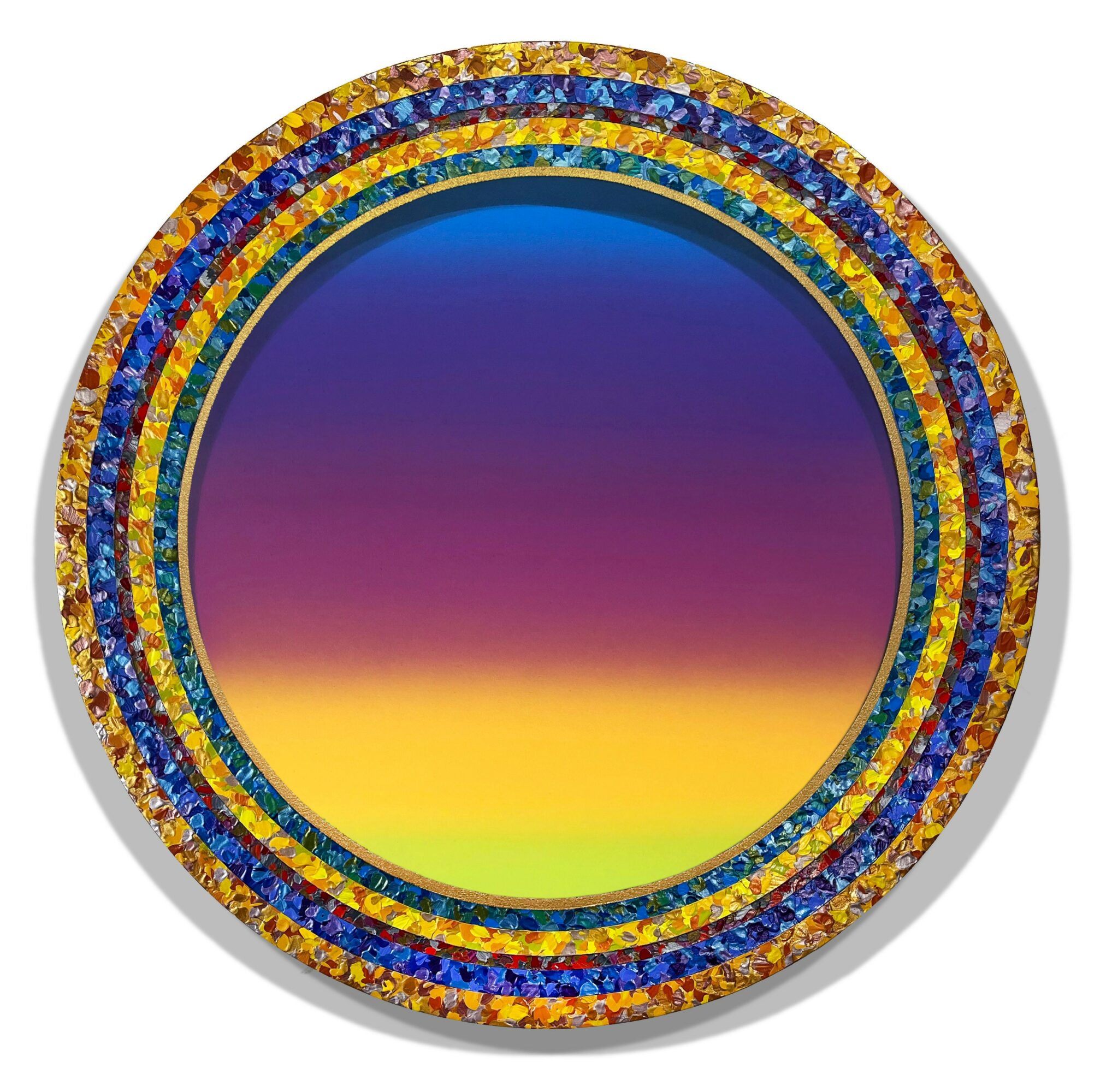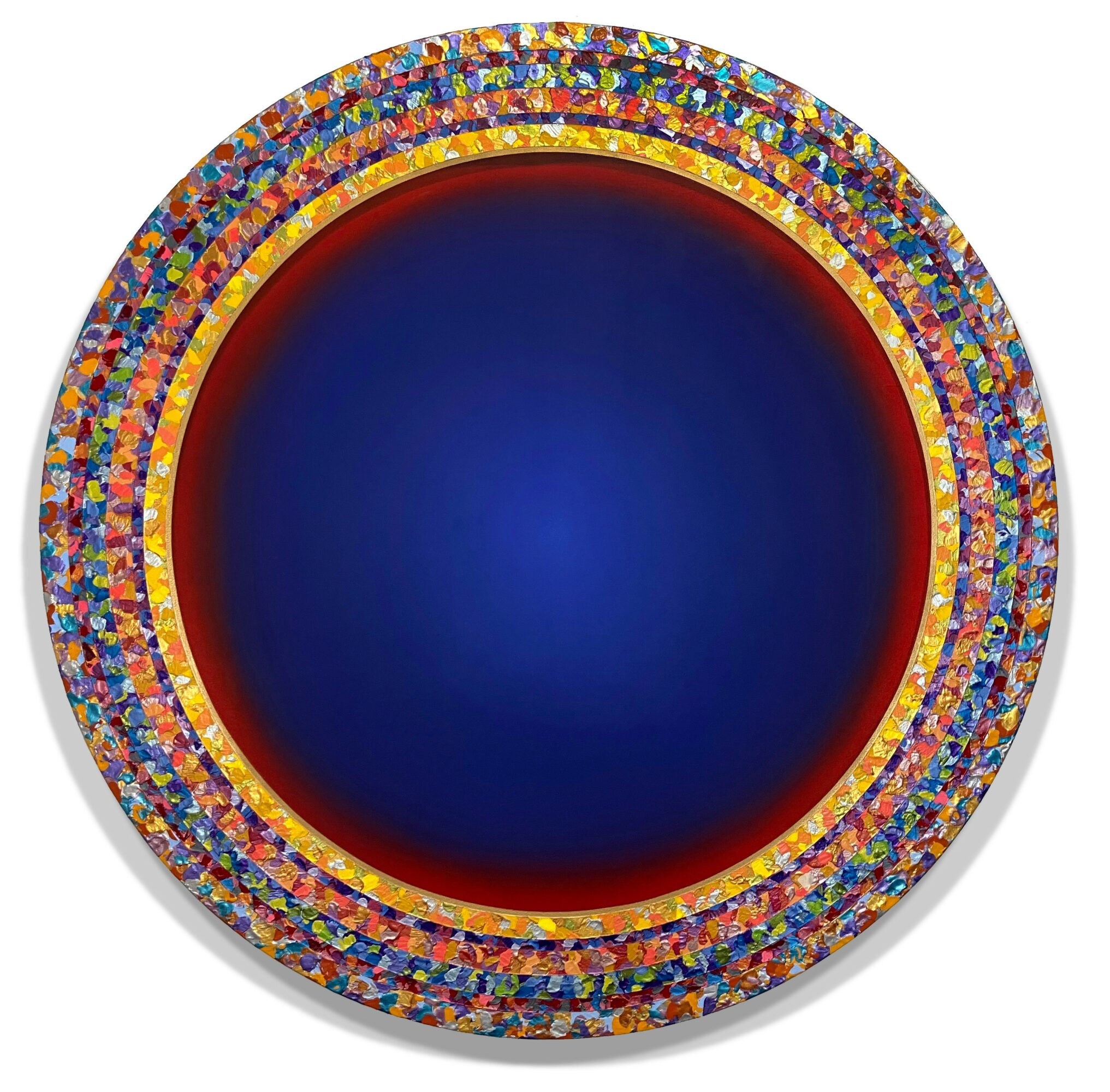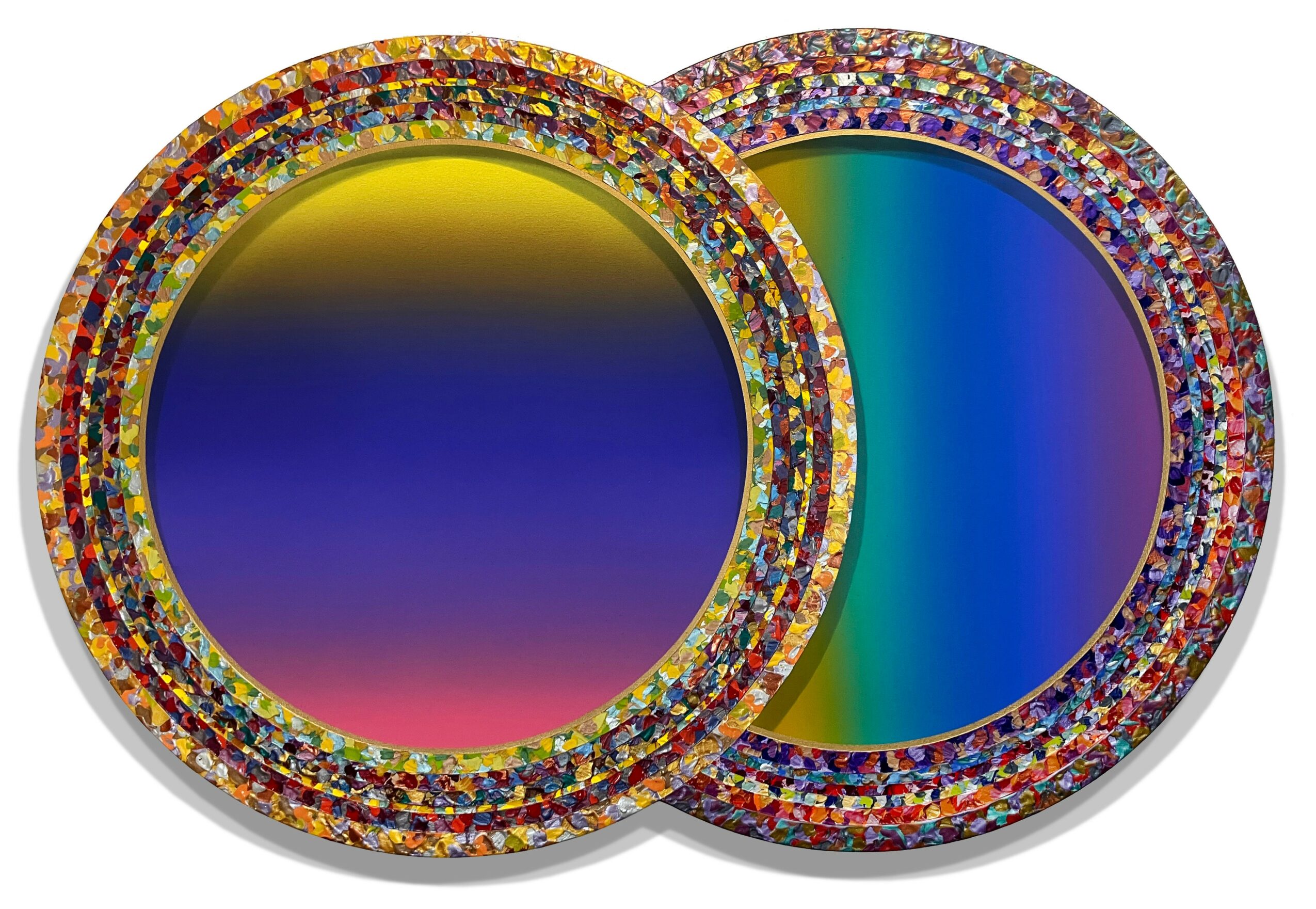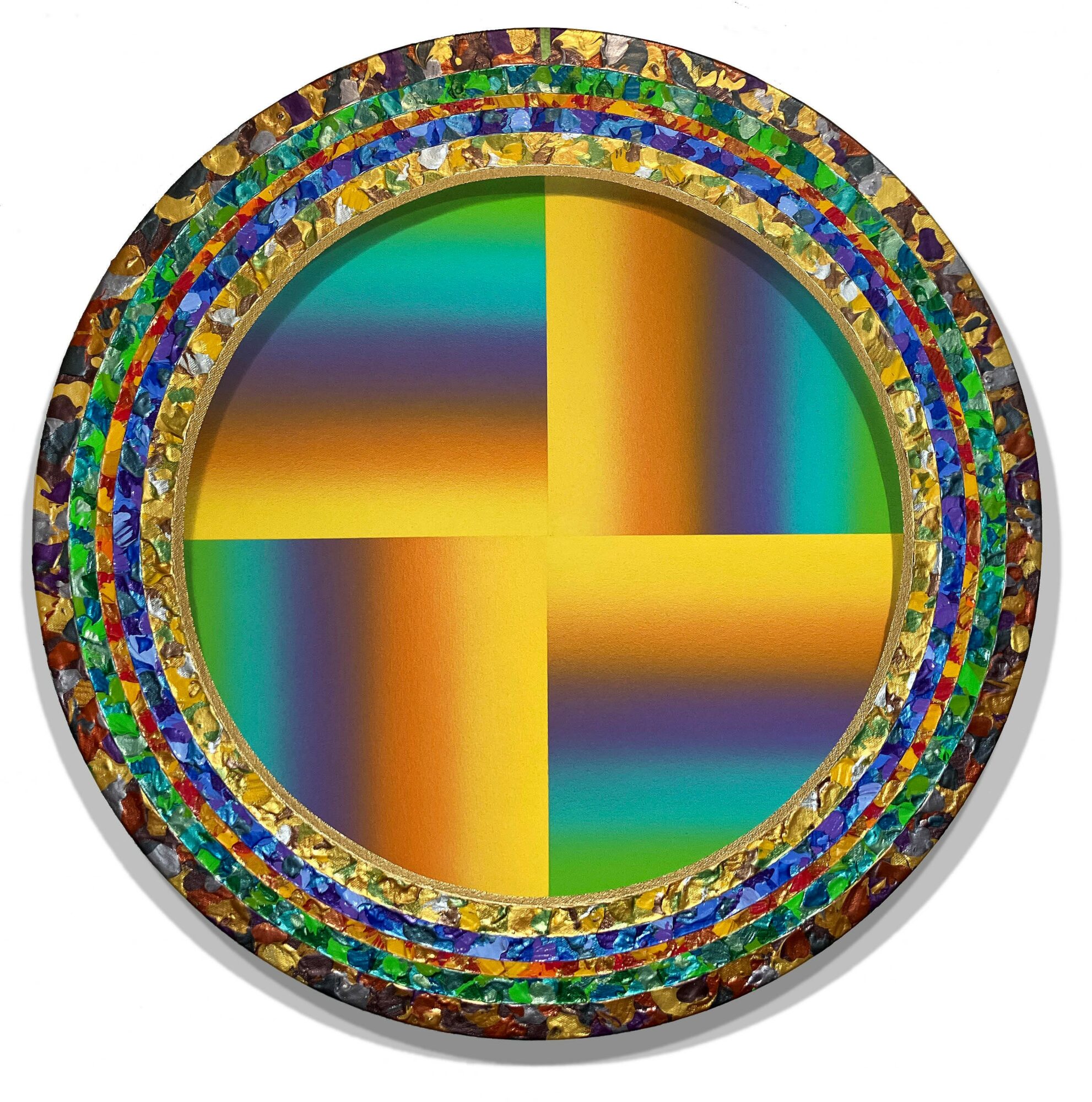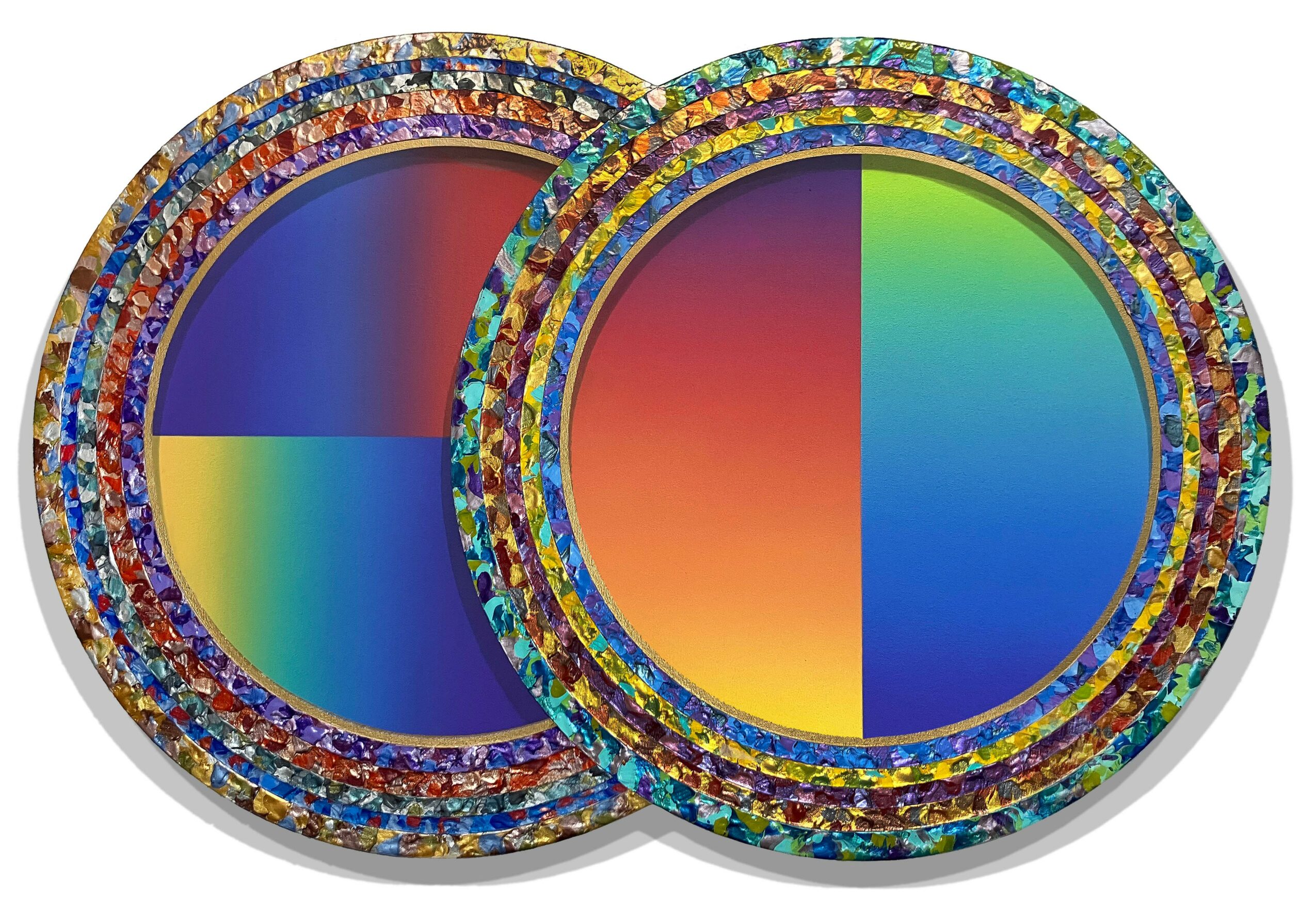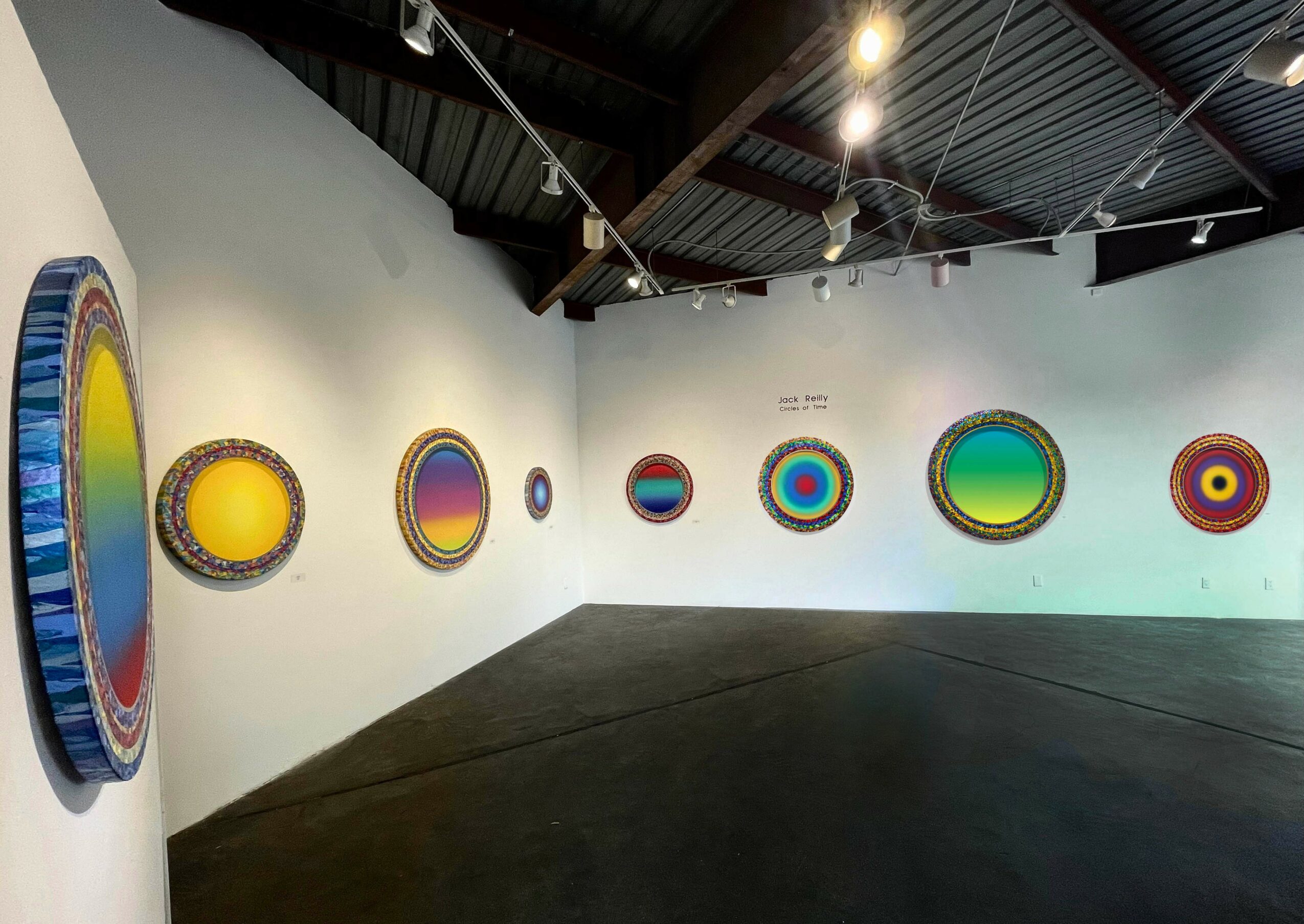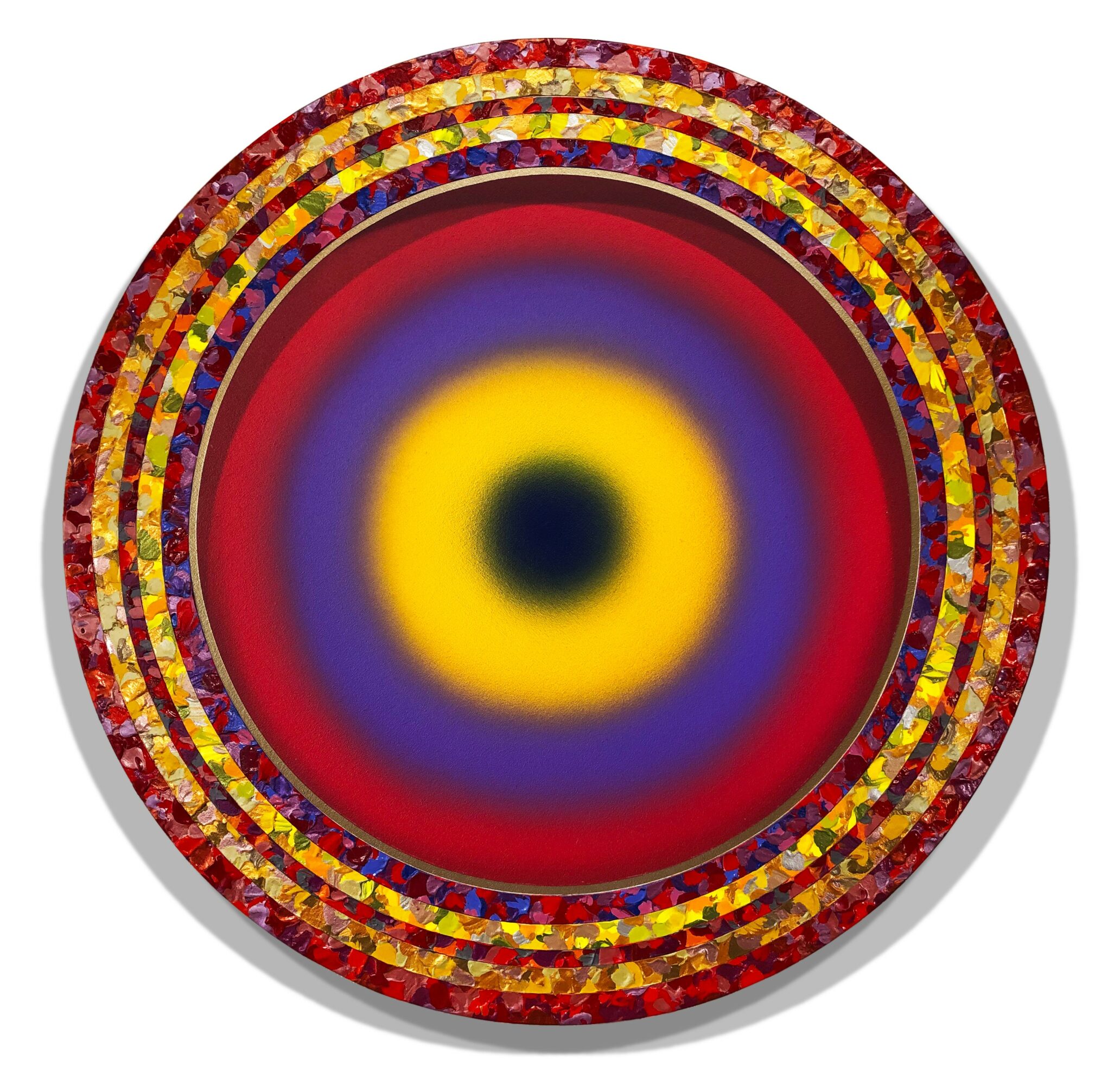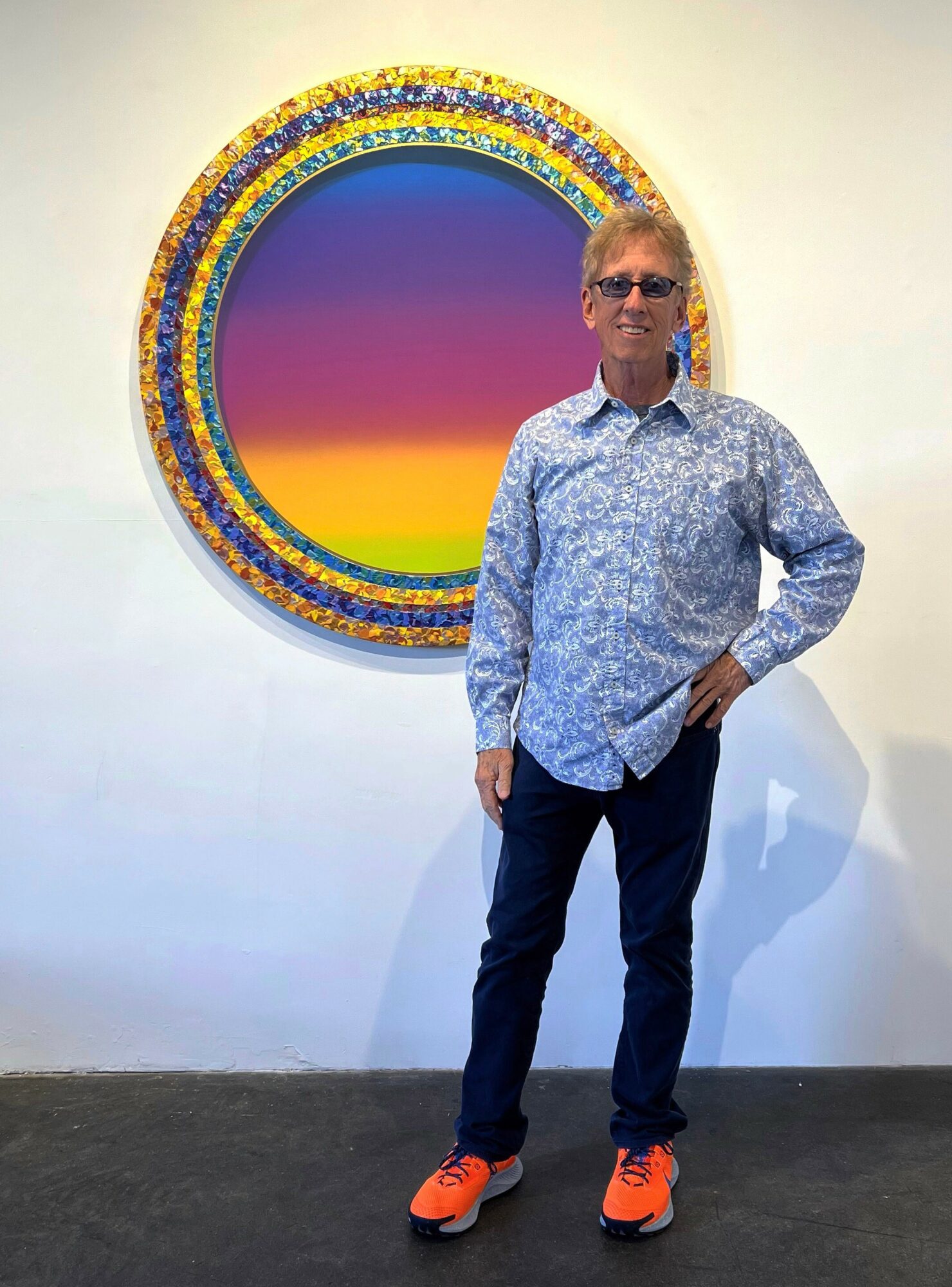

Today we’d like to introduce you to Jack Reilly.
Hi Jack, we’re thrilled to have a chance to learn your story today. So, before we get into specifics, maybe you can briefly walk us through how you got to where you are today?
I was not one of those childhood art prodigies, but I was an avid daydreamer. My creativity happened mostly in my head, and I had no idea how to release it. In my early teens when I started surfing, my passion for riding waves and anything having to do with surfing completely overtook me. I started building surfboards, which ultimately led to painting colorful designs and images on them. Through surfing, I had inadvertently discovered painting, and the idea of being an artist entered my consciousness. By my late teens, I had already opened a surf shop, and it didn’t take long to realize that my main interest was in the artwork and not the surfboards. Longing for more artistic knowledge, I sold my business and went to Paris to study painting. There, the exposure to world-class art, museums, and international culture revealed new ways of seeing and thinking about art. I was inspired to focus on conceptual development of my paintings while also working on my painting techniques and style. Upon return, I enrolled in college and completed my formal education with an MFA in Studio Art from Florida State University. Within weeks of graduation, I loaded up my rickety old Rambler station wagon and headed across country to Los Angeles. I only had a few hundred bucks in my wallet, but I did have a pocket full of big dreams. After four days on the road, I arrived in Venice, saw artists painting large murals and immediately fell in love with its bohemian culture. I found a place to live, rented a garage studio on Venice Blvd. and the challenges of becoming an artist were about to begin.
Alright, so let’s dig a little deeper into the story – has it been an easy path overall and if not, what were the challenges you’ve had to overcome?
For most struggling artists, the initial challenge involves finding a way to make enough money to survive. Juggling work hours with your studio practice and having enough time to produce your art can be difficult. Starting out in LA, I worked at a surf shop in Santa Monica, parked cars at the Playboy Mansion during the “Boogie Nights” era, drove a limousine and worked a series of odd jobs. Working mainly at nights left my days available to paint in the studio and develop a body of work to pitch to the galleries. The trick is to not let the “day job” overtake you and end up spending your time becoming a slave of the system. One must relentlessly keep their focus on the goal, regardless the distractions and other responsibilities. After a few initial months in LA, I finally hit the streets with my portfolio, hoping to find gallery representation. In spite of numerous rejections, I was fortunate that legendary LA gallerist, Molly Barnes asked me to join her gallery stable. Molly was very successful at selling my work, and from that point on, my paintings became my main source of livelihood. A few years later, I landed a teaching position at Cal State Northridge, and I was eventually hired to develop the art department at Cal State Channel Islands. All in all, I was a professor for twenty-nine years with the CSU. I have mounted over fifty solo exhibitions and participated in countless group exhibitions at galleries and museums. One of the difficulties an artist may encounter is that many galleries eventually close, leaving their artists out in the cold. It is important that artists develop a back-up plan in preparation for such occurrences. Over the past four decades, I have been represented by six different galleries in Los Angeles, and since 2012, my work has been represented by bG Gallery at Bergamot Station, Santa Monica.
Appreciate you sharing that. What else should we know about what you do?
I am best known as an abstract painter working on shaped-canvas structures. As an active artist for over four decades, my goal has consistently been to produce work that challenges traditional notions about the nature of painting and its processes. A significant aspect of my work is to question the validity of the traditional canvas. Early on in my career, I abandoned the notion that the basic square or rectangle was suitable for the physicality and visual impact of the paintings I need to produce. It is also evident my works are a cross-pollination of painting and sculpture. Radical shapes, contrasting visual elements, and innovative use of color and brushwork has defined my paintings. For the past few years, I have been exclusively working with circular canvases. My methods employ a series of concentric circles surrounding the canvas perimeter. Hundreds, if not thousands of rapidly applied, highly chromatic brushstrokes are tightly compressed within multiple hard-edge boundaries. My brushwork has been compared to the visual effects of Gothic stained glass and Byzantine mosaics. Finally, within the center of these circular paintings, lie wide-open spaces, alluring portals consisting of soft fields of color (that appear to be) floating somewhere behind the polychromed rings of the canvas perimeters. Within these color fields, one can get lost in ambient sensations and visual ambiguity of light, color, and space. This life-long quest of working with shaped canvases has clearly defined my work and in many ways separated me from the methods of my contemporaries.
Any advice for finding a mentor or networking in general?
I am a strong believer in formal education combined with practical application. For many new artists, art schools or the universities are the best ways to find a mentor. If a young artist is successful in finding their mentor, the available knowledge possessed by a seasoned artist can be extremely valuable, especially in helping the newbie avoid numerous mistakes that can have a negative effect on their artistic and professional progress. It is also important to note that the up-and-coming artist avoid being influenced to the extent that they find themselves emulating or copying their mentor. Additionally, the importance of networking cannot be overstated. It is how the art world works. Fortunately, the art profession comes with a built-in social system, found in art openings and gallery receptions. There, the artist can see what’s going on in the galleries, who’s who and what’s what. Friendships are made, competitions are established, and strategic knowledge is gained. Most artists find their way into gallery representation through the recommendation of a colleague who is already represented by that gallery. So, make art, go out, meet people, and have fun in your quest for artistic success.
Contact Info:
- Website: https://jackreilly.com
- Instagram: https://www.instagram.com/jackreillyart
- Facebook: https://www.facebook.com/jackreillyart
- LinkedIn: https://www.linkedin.com/in/jackreillyart
- Youtube: https://www.youtube.com/channel/UCRZy9kcy7pNBe4JXhTpYO6w
